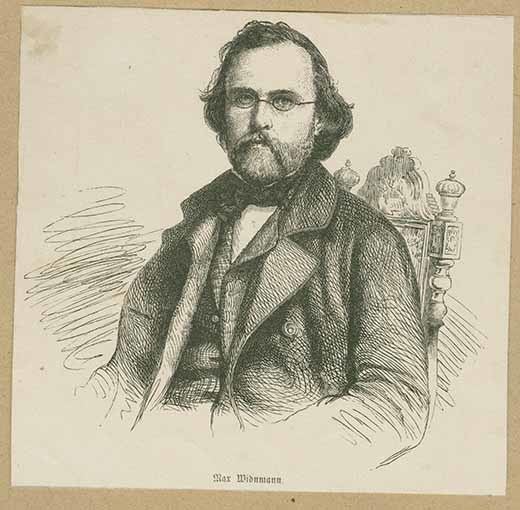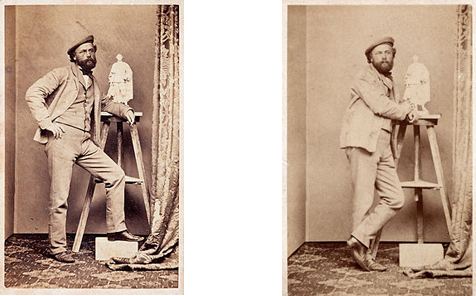Name Max Widnmann | ||
 | ||
Max von Widnmann (ennobled as Maximilian Ritter von Widnmann; 16 October 1812 – 3 March 1895) was a German sculptor and professor at the Academy of Fine Arts in Munich. Many of his works were commissioned by King Ludwig I of Bavaria.
Contents

Life and career
Max von Widnmann was born in Eichstätt, the youngest of three sons of Franz Amand Widnmann, who held the positions of court, town and regional physician, and his wife Maximiliana née Pöckhel, who was the widow of Franz Seraph Ulrich, who had also held appointments as town and local physician. After attending the gymnasium in Eichstätt, where he already showed aptitude for drawing and painting, he entered the Academy of Fine Arts in Munich in 1825. There he studied with Ludwig Michael Schwanthaler among others. His teachers made it possible for him to go to Rome from 1836 to 1839, and there he studied with and became a friend of Bertel Thorvaldsen, who was already a well-known sculptor. He was also a friend of the Cologne architect Sulpiz Boisserée, whose art collection was acquired by Ludwig I for the Alte Pinakothek in 1827.
After returning from Rome, Widnmann became an independent artist in Munich, where Ludwig I soon began to commission works from him, including portrait busts for the Walhalla memorial near Regensburg. Ferdinand von Miller cast many of his sculptures in bronze.
In 1849, Widnmann became a professor at the Academy of Fine Arts, succeeding Schwanthaler. His increasing recognition brought him many commissions from outside Bavaria. In 1849 he was made a member of the Order of St. Michael. In 1887, the Prince Regent, Luitpold of Bavaria, personally ennobled him as a Knight of the Bavarian Crown.
He retired in 1887 and died in Munich at 82.
Widnmann's statues projected an air of dignity that appealed to his contemporaries and brought him many commissions; however, his smaller works, such as the busts, have been regarded as more artistically successful. Some of his work was destroyed in the bombing of Munich during World War II.
